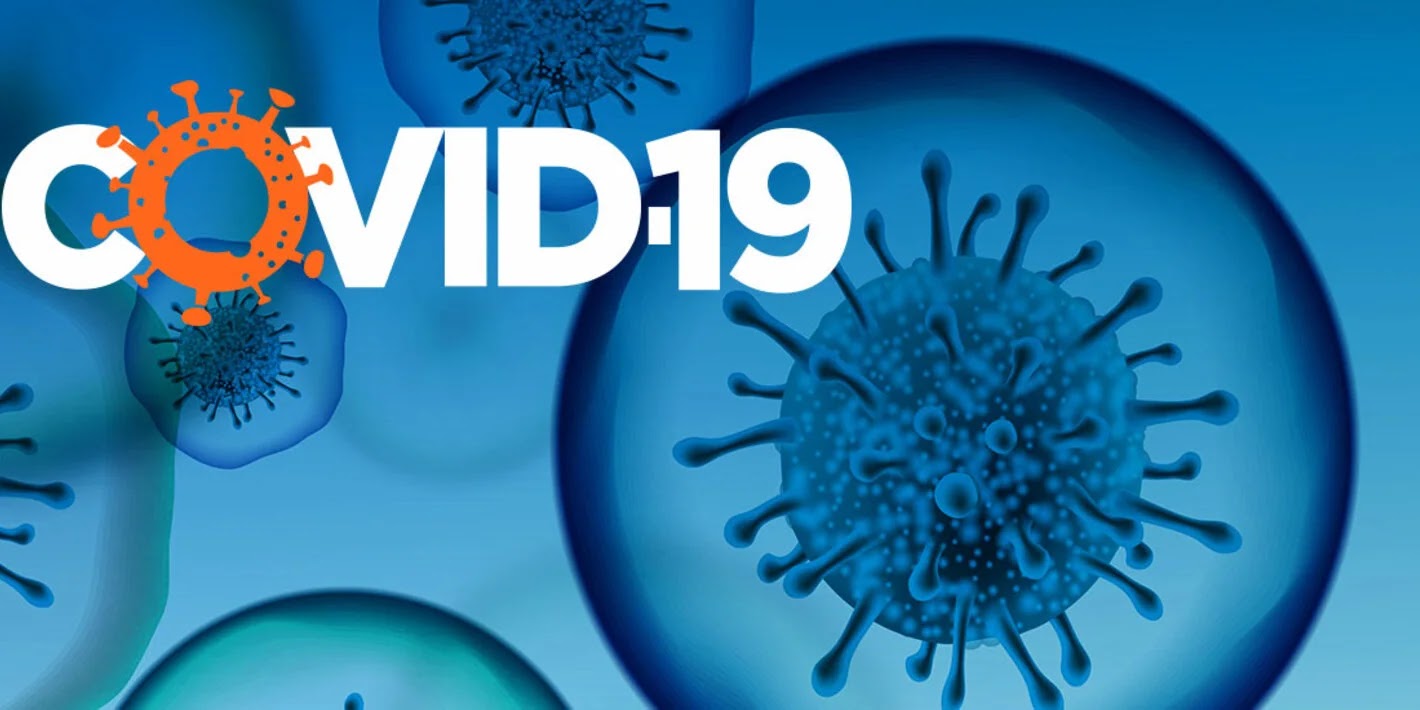As the number of people confirmed with the 2019-nCOV (now COVID-19) rose to over 4500 globally on 28 January, the greatest number being in China, the World Health Organization (WHO) through its committee declared the novel coronavirus 2019 outbreak a Public Health Emergency of International Concern (PHEIC).
UPDATE: The World Health Organization (WHO) on February 11, 2020 announced a new name for the deadly coronavirus. According to WHO, the temporary name 2019-nCOV given to the virus from China is now officially changed to “COVID-19”
This article was written before WHO's update, so we have updated the name as well from
2019-nCOV to COVID-19.
Below are 31 things you need to know about this new virus:
1. Coronaviruses are a large family of viruses found in both animals and humans.
2. The new coronavirus is a respiratory virus which spreads primarily through contact with an infected person through respiratory droplets generated when a person, for example, coughs or sneezes, or through droplets of saliva or discharge from the nose.
3. The outbreak of coronavirus was first reported on December, 2019 in the city of Wuhan, China
4. Coronavirus is codenamed by the WHO as 2019-nCOV (meaning "New" or "Novel" Coronavirus). New name is now COVID-19.
5. A novel coronavirus (nCoV) is a new strain that has not been previously identified in humans.
6. Some Coronaviruses are known to cause illness ranging from the common cold to more severe diseases such as Middle East Respiratory Syndrome (MERS) and Severe Acute Respiratory Syndrome (SARS).
7. Coronaviruses are zoonotic, meaning they are transmitted between animals and people.
8. COVID-19 is from the same family of viruses as Severe Acute Respiratory Syndrome (SARS-CoV) but it is not the same virus.
9. Just as other respiratory illnesses, infection with COVID-19 can cause mild symptoms including a runny nose, sore throat, cough, and fever.
10. The virus can be more severe for some persons and can lead to pneumonia or breathing difficulties. More rarely, the disease can be fatal.
11. Older people, and people with pre-existing medical conditions (such as, diabetes and heart disease) appear to be more vulnerable to becoming severely ill with the virus.
12. The animal source of the COVID-19 has not yet been identified. This does not mean you can catch COVID-19 from any animal or from your pet. It’s likely that an animal source from a live animal market in China was responsible for some of the first reported human infections.
13. Several known coronaviruses are circulating in animals that have not yet infected humans.
14. Common signs of infection include respiratory symptoms, fever, cough, shortness of breath and breathing difficulties. In more severe cases, infection can cause pneumonia, severe acute respiratory syndrome, kidney failure and even death.
15. At present there is no evidence that companion animals or pets such as cats and dogs have been infected or have spread 2019-nCoV.
16. The COVID-19 causes respiratory disease and can be transmitted from person to person, usually after close contact with an infected patient, for example, in a household workplace, or health care centre.
virus.
17. When someone who is infected with a respiratory disease, like COVID-19, coughs or sneezes they project small droplets containing the virus. If you are too close, you can breathe in the virus.
18. People living or travelling in an area where the COVID-19 virus is circulating may be at risk of infection.
19. At present, COVID-19 is circulating in China where the vast majority of people infected have been reported. Those infected from other countries are among people who have recently traveled from China or who have been living or working closely with those travellers, such as family members, co-workers or medical professionals caring for a patient before they knew the patient was infected with COVID-19.
20. Health workers caring for persons who are sick with COVID-19 are at higher risk and must protect themselves with appropriate infection prevention and control procedures.
21. Older people, and people with pre-existing medical conditions (such as diabetes and heart disease) appear to be more at risk of developing the COVID-19 disease.
22. At present, it is still not known how long the COVID-19 virus survives on surfaces, although preliminary information suggests the virus may survive a few hours. Simple disinfectants can kill the virus making it no longer possible to infect people.
23. Laboratory tests are required to confirm if someone has COVID-19 because it has common respiratory symptoms as flu and cold.
24. According to recent reports, it may be possible that people infected with COVID-19 may be infectious before showing significant symptoms.
25. People receiving packages from China or ayother affected country are not at risk of contracting the new coronavirus. According to WHO's experience with other coronaviruses, these types of viruses don’t survive long on objects, such as letters or packages.
26. Antibiotics do not work against viruses, they only work on bacterial infections. The COVID-19 is a virus and, therefore, antibiotics should not be used as a means of prevention or treatment.
27. To date, there is no specific medicine recommended to prevent or treat the novel coronavirus. Some specific treatments are under investigation and will be tested through clinical trials. WHO is helping to coordinate efforts to develop medicines to treat COVID-19 with a range of partners.
28. If you want to protect yourself from getting infected with the new coronavirus, you should maintain basic hand and respiratory hygiene, and safe food practices and avoiding close contact, when possible, with anyone showing symptoms of respiratory illness such as coughing and sneezing.
29. The following measures are not specifically recommended as COVID-19 remedies as they are not effective to protect yourself and can be even harmful:
a) Taking vitamin C
b) Smoking
c) Drinking tradition herbal teas
d) Wearing multiple masks to maximize protection
e) Taking self-medication such as antibiotics
In any case, if you have fever, cough and difficulty breathing seek medical care early to reduce the risk of developing a more severe infection and be sure to share your recent travel history with your health care provider.
30. To protect yourself, when visiting live animal markets, avoid direct unprotected contact with live animals and surfaces in contact with animals.
31. Avoid eating raw or undercooked animal products. Raw meat, milk or animal organs should be handled with care, to avoid cross-contamination with uncooked foods, as per good food safety practices.







